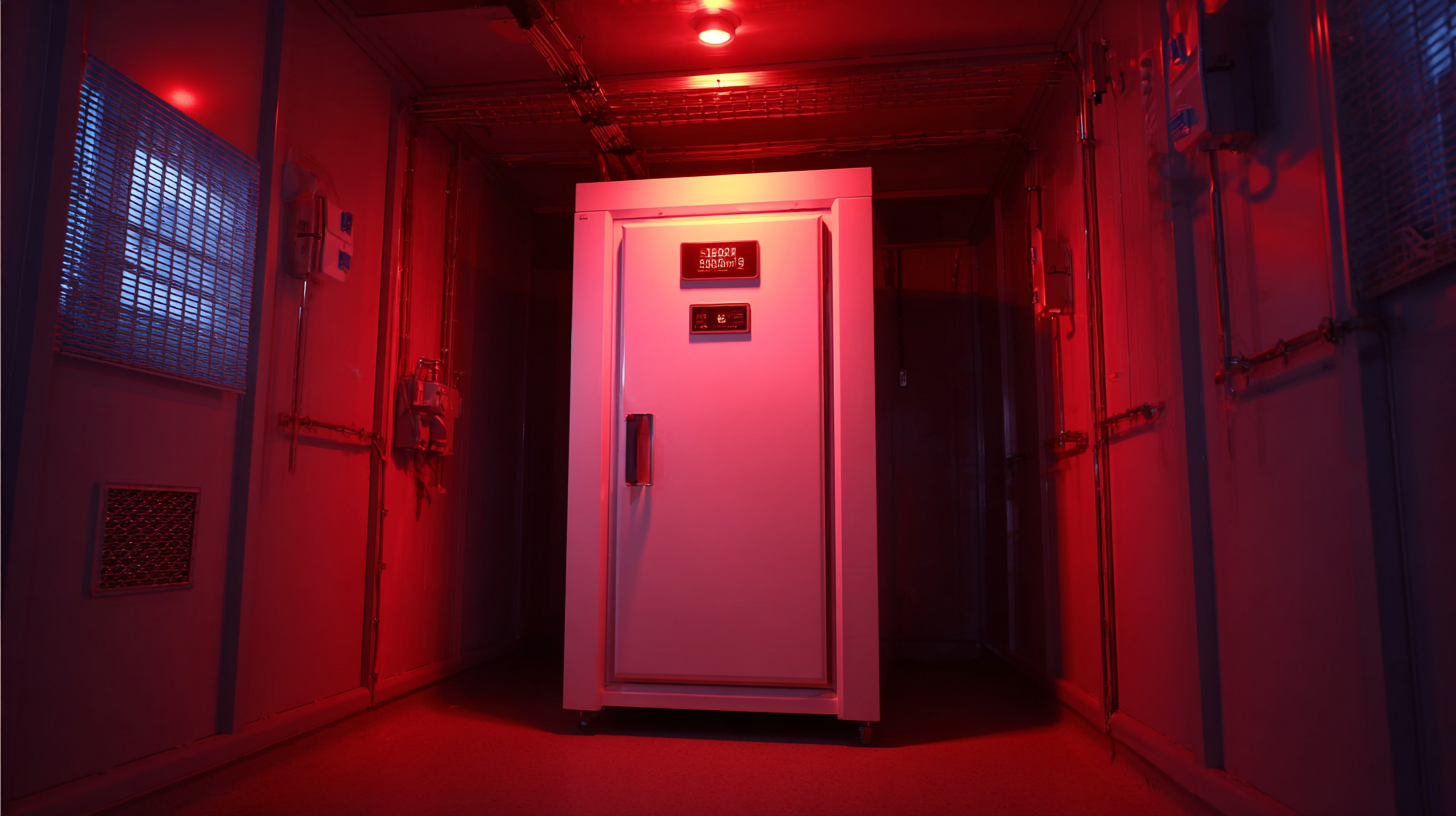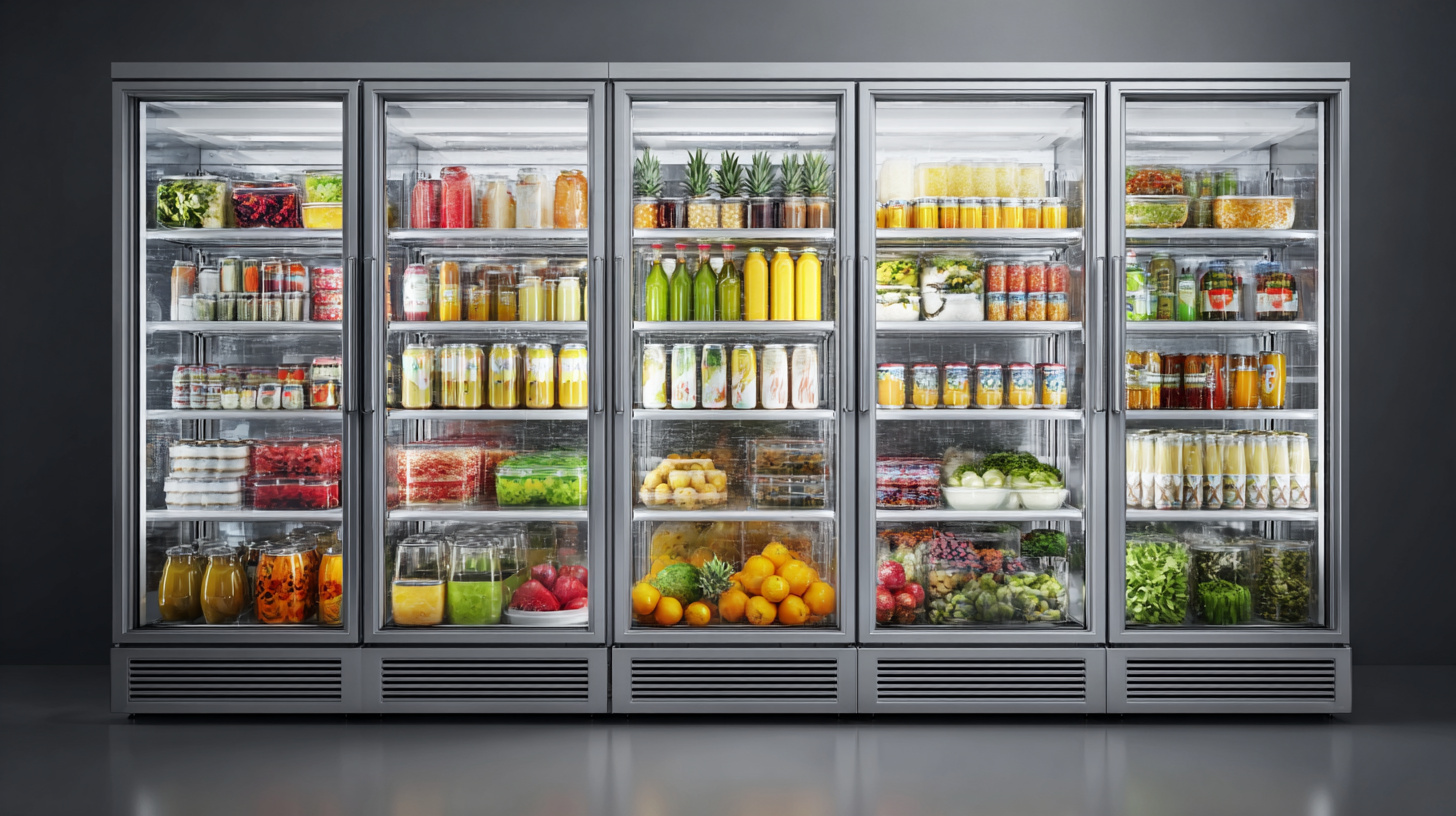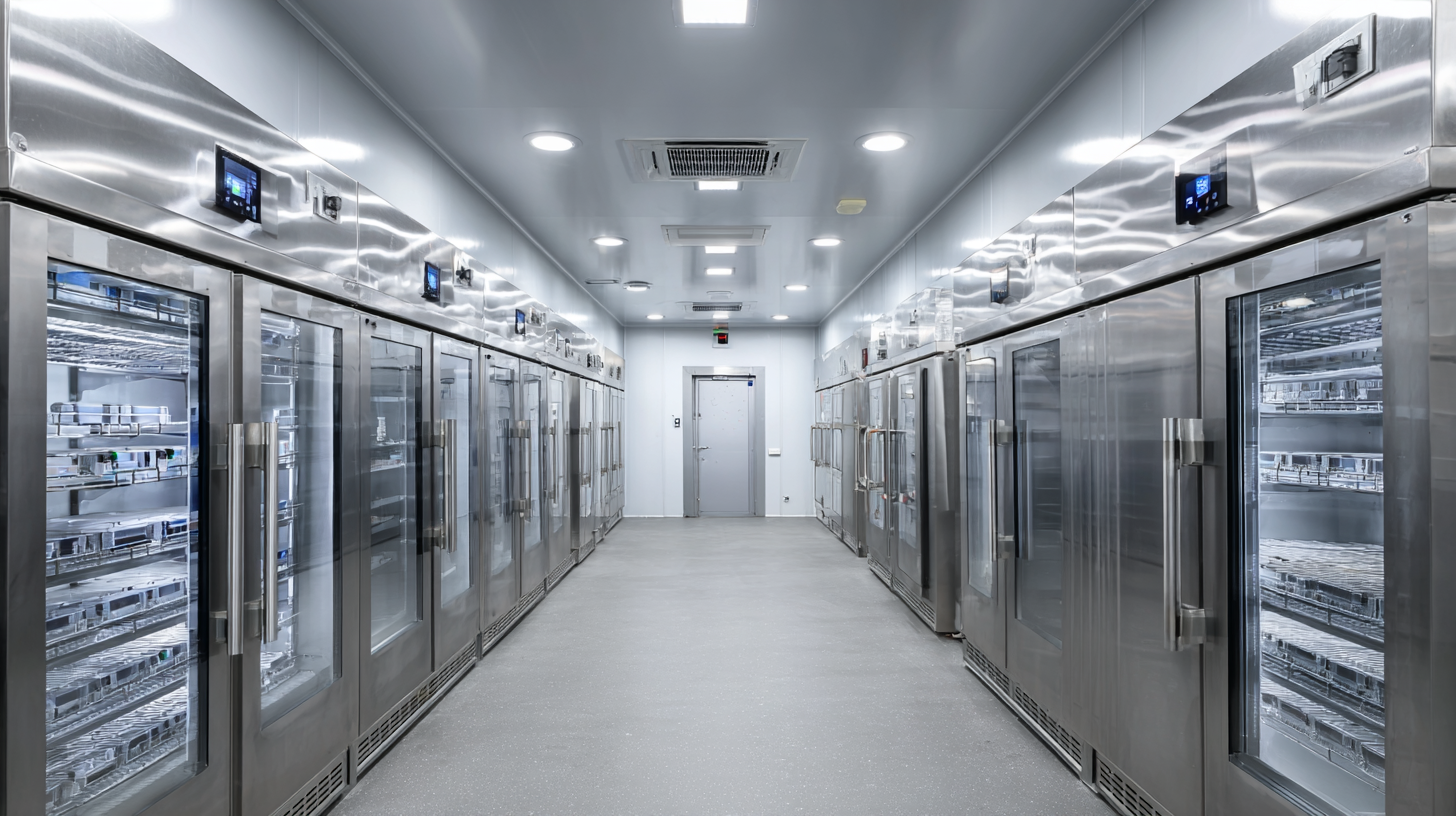
-
Home
-
About us
-
Products
-
Solutions
-
News
-
Blog
-
Contact us
Leave Your Message

When it comes to advanced scientific applications, the importance of a high-quality cryogenic refrigerator cannot be overstated. As industries ranging from aerospace to medical research leverage the powerful cooling capabilities of cryogenic technology, understanding how to select the best cryogenic refrigerator tailored to specific needs becomes paramount. According to a market research report by Grand View Research, the global cryogenic equipment market is projected to reach $29.8 billion by 2027, driven by increasing demand in sectors such as healthcare, electronics, and energy.

With this growth, choosing the right cryogenic refrigerator not only enhances operational efficiency but also ensures optimal safety and performance in critical applications. This guide aims to navigate the intricate landscape of cryogenic refrigerators, providing essential insights and practical steps for making an informed selection that meets your unique requirements.
When it comes to selecting a cryogenic refrigerator, the first step is to clearly identify your specific needs and applications. Different industries have varying requirements, whether you're in medical research, superconductivity, or industrial processes. For instance, hospitals may need cryogenic storage for biological samples, while particle physics laboratories frequently require larger capacities to cool superconducting magnets. Understanding the specific temperature ranges and holding times necessary for your application will help narrow down the options available in the market.
Moreover, consider the scalability and adaptability of the cryogenic refrigerator you wish to choose. As research and industrial demands evolve, so too might your needs for storage capacity, temperature precision, and energy efficiency. Investing in a unit that offers flexibility can save time and money in the long run. Additionally, assess the safety features and ease of maintenance, as these factors are critical in ensuring the longevity and reliability of your cryogenic systems. By taking these key considerations into account, you can make a more informed decision that aligns with your unique requirements.

When selecting a cryogenic refrigerator, understanding the key features can significantly enhance your purchasing decision. First and foremost, temperature range is critical. Top-tier cryogenic refrigerators can achieve temperatures as low as -196°C. According to the International Journal of Refrigeration, models with advanced cooling systems, such as those utilizing liquid nitrogen, have reported efficiency levels exceeding 90%. This efficiency not only ensures optimal performance but can also lead to substantial operational cost savings over time.
Another essential aspect to consider is the storage capacity. Depending on your requirements, whether for laboratory use or industrial applications, choosing a model that accommodates adequate capacity is vital. Reports indicate that a well-sized cryogenic refrigerator can effectively enhance material preservation, boosting the lifespan of stored samples.
**Tips:** Before making a purchase, evaluate the noise level of the unit. Many modern models are designed to operate quietly, with noise levels below 60dB, which can be crucial for laboratory settings. Additionally, consider maintenance requirements; units with self-diagnostic features can simplify upkeep and minimize downtime, making them a practical choice for busy facilities.
This chart displays the key features to consider when selecting a cryogenic refrigerator, along with the average rating based on user feedback. The data is categorized by crucial aspects such as cooling efficiency, energy consumption, capacity, and safety features.
When selecting a cryogenic refrigerator, evaluating manufacturer credibility and industry reputation is crucial. A recent report by Frost & Sullivan indicates that the cryogenic equipment market is projected to grow at a CAGR of 6.5% from 2021 to 2028, underlining the increasing demand for reliable technologies in sectors such as medical, aerospace, and research. Therefore, selecting a respected manufacturer can have lasting effects on operational efficiency and safety, ensuring that the equipment meets industry standards and regulations.
To assess manufacturer credibility, look for certifications such as ISO 9001, which ensures quality management systems are in place. Additionally, check for membership in professional associations like the Cryogenics Society of America (CSA). This not only indicates a commitment to industry standards but also reflects a reputation for innovation and reliability.
When selecting a cryogenic refrigerator, understanding the differences between popular brands can significantly impact your decision-making process. Leading manufacturers such as Cryomech, Janis, and Thermo Fisher each offer unique features tailored to specific applications. For instance, Cryomech’s AL-300 series is known for its high reliability and low maintenance requirements, making it ideal for laboratories focusing on long-term experiments. In contrast, Janis’s CCS series provides excellent cooling performance with a strong emphasis on energy efficiency, particularly beneficial for mobile cryogenic operations.
Tip: Before purchasing, determine your specific needs, like storage capacity and temperature range. This will help narrow down your options among the various brands and models available.
Another critical aspect of your decision should be warranty and service support. According to a recent industry report, 68% of end-users prioritize good customer service when choosing a cryogenic refrigerator. Brands with robust support systems, like Thermo Fisher, provide peace of mind through extended warranties and readily available technical assistance, which can be crucial for minimizing downtime in critical research projects.
Tip: Make sure to read customer reviews and case studies to gain insights into each brand's reliability and after-sales support. This information can be invaluable for making an informed choice that best aligns with your operational requirements.
| Model | Cooling Capacity (L/sec) | Temperature Range (°C) | Energy Efficiency (kWh/day) | Weight (kg) | Dimensions (cm) |
|---|---|---|---|---|---|
| Model A | 2.5 | -196 to -80 | 10 | 150 | 80 x 60 x 120 |
| Model B | 3.0 | -196 to -70 | 8 | 180 | 90 x 65 x 130 |
| Model C | 2.0 | -196 to -60 | 12 | 135 | 75 x 70 x 115 |
| Model D | 3.5 | -196 to -80 | 9 | 160 | 85 x 55 x 125 |
Investing in cryogenic solutions can be a pivotal decision for industries needing precise temperature control for materials like superconductors, biological samples, or even industrial gases. A cost-benefit assessment shows that the initial expenditure on a high-quality cryogenic refrigerator can lead to substantial savings in operational efficiencies and product integrity over time. According to a report by the Cryogenic Society of America, organizations that use efficient cryogenic systems can reduce their energy consumption by up to 30%, ultimately translating into lower utility costs and a reduced carbon footprint.

When selecting a cryogenic refrigerator, consider factors beyond just the purchase price. Maintenance costs, energy efficiency ratings, and the potential for future upgrades play crucial roles in long-term expenses. A well-structured investment can enhance your lab’s performance and contribute to a sustainable operational model.
Tips: Before finalizing your choice, conduct a life cycle cost analysis to evaluate total costs over the equipment's lifespan, not just immediate expenses. Additionally, consult user reviews and case studies to gain insights into the real-world performance of various models, which can often highlight hidden costs or benefits that may affect your decision.